
Construction must ‘come together’ to nurture sustainability skills
Seddon‘s Jake Dowling speaks to CIOB People about his role as head of decarbonisation and his commitment to driving sustainability in construction
What was your route into construction and what attracted you to sustainability?
I started out as an apprentice plumber. My uncle was a plumber – and he always drove nice cars and had a nice house. He said I’d be a great plumber, so that was my initial drive to go into the industry.
I wasn’t overly keen on education, so I thought I would do an apprenticeship and get paid while I worked.
After completing my apprenticeship, I worked my way up through the business to become a senior project manager. During that time, I completed my degree in building services, science and sustainable engineering. That was my first real step into the world of decarbonisation and sustainability, and it really opened my eyes.
I had a mentor at the time who always encouraged me to have a positive impact on everything I do. That’s always stayed with me.
Now, in my role at Seddon, I have this platform to have a really positive impact on the industry. It has reignited my fire and drive to look at the industry and consider how we could do better for our customers, for our people, for everybody.
What are your key responsibilities as head of decarbonisation?
I’m involved with everything from pre-construction to aftercare. In broad terms, I oversee the customer journey from start to finish; it’s verifying, reviewing and overseeing design, ensuring installations are compliant and reporting on carbon assessments on completion of projects.
We really maintain that relationship with the client, so we don’t just finish a project and then walk away. Whether that journey takes 12 months, two years or 10 years, we’re there to help hold the client’s hand, because there is a lot of misinformation about what people should and shouldn’t do in terms of decarbonisation.
What are the main challenges in your role?
The biggest challenge is education. Misinformation is a major issue. As a business, we are helping to address that by creating a CPD on decarbonisation. That is focused on the PAS 2038 strategy, explaining what it is and outlining the benefits for the client, for Seddon and for the wider industry.
I always quote the cost versus carbon argument. I ask clients: ‘What is the cost of doing nothing?’ There will come a time when carbon is a currency; when that happens, we don’t want to be scrambling around trying to work out what to do.
We have done more than 40 CPDs and that ranges from customers and consultants to designers and other main contractors. It’s about bringing them on that journey and ensuring everyone is aligned.
The other challenge is finance. Every client or customer I speak to wants to reach net zero. Everyone wants to achieve it, but not everyone knows how or has the finance to do it.
I always quote the cost versus carbon argument. I ask clients: ‘What is the cost of doing nothing?’ There will come a time when carbon is a currency; when that happens, we don’t want to be scrambling around trying to work out what to do.
There is a major cost of standing still and doing nothing. If you do nothing over the course of an asset’s lifecycle, it is estimated that the cost of decarbonising works will instead be spent on reactive maintenance and higher energy bills, while the client is still no closer to net zero.
That’s a powerful piece of information, but unless the client has that capital and route to net zero, it doesn’t really help them. Our role is working out how to help get them on that journey.
How do you balance being candid with clients about the scale of the challenge while also keeping them engaged with decarbonisation?
It can be really difficult. We’re currently working with an airport and the drive for the business is the opportunity to be the first airport in the UK with a roadmap to net zero. They are looking at partnerships with major international corporations that are also focused on driving sustainability.
We try to focus on what the value is to them by being one of the frontrunners, rather than just sitting in the background and waiting to see what other airports do and how the sector moves forward in a few years.
There has been a big drive to attract people to the industry and it’s working. The challenge is now ensuring that there are enough opportunities for people who want to join the industry.
I truly believe that an imperfect something is better than a perfect nothing. We could sit around for the next 10 years trying to create the perfect decarbonisation strategy or model. Then, by the time we try to implement it, the systems, guidelines and procedures will have all changed. It goes back to the cost of doing nothing.
What role do you think decarbonisation can play in helping to encourage more young people into construction careers?
There has been a big drive to attract people to the industry and it’s working. The challenge is now ensuring that there are enough opportunities for people who want to join the industry.
For example, our apprenticeship programme is fantastic, but it’s oversubscribed – we just don’t have enough placements for everyone.
I think there needs to be more commitment from industry specialists, main contractors and also firms further along the supply chain. They need to all come together to create skills hubs around the UK and increase the opportunities for young apprentices.
We need to deliver the right training for them, but also create valuable career opportunities within the industry. It’s a huge challenge.
There are also a lot of firms passing their social value commitments on to their supply chain. It’s not the right approach, but in order to enforce change, I think central government will have to take action.
What’s your advice for sustainability professionals struggling to get buy-in from others in the industry?
It’s very difficult because some people view climate change as a political agenda, and not something that affects real life. It’s important not to get disheartened – don’t let someone else’s opinion impact your drive. You have to take your passion and try to inspire others.
No individual person, contractor or consultant is going to solve this singlehandedly. But you can help to lead the way and bring others with you along that journey.
Small changes can help to change the world.
Comments
Comments are closed.

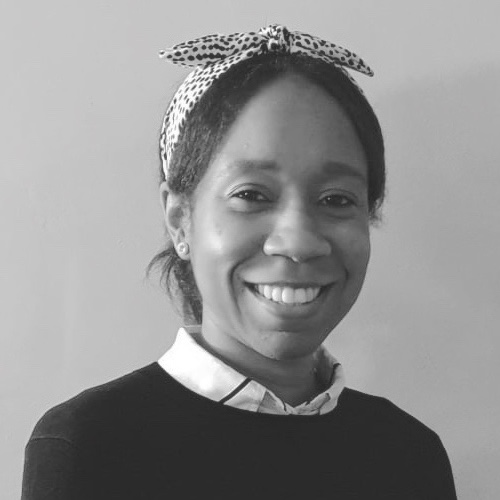
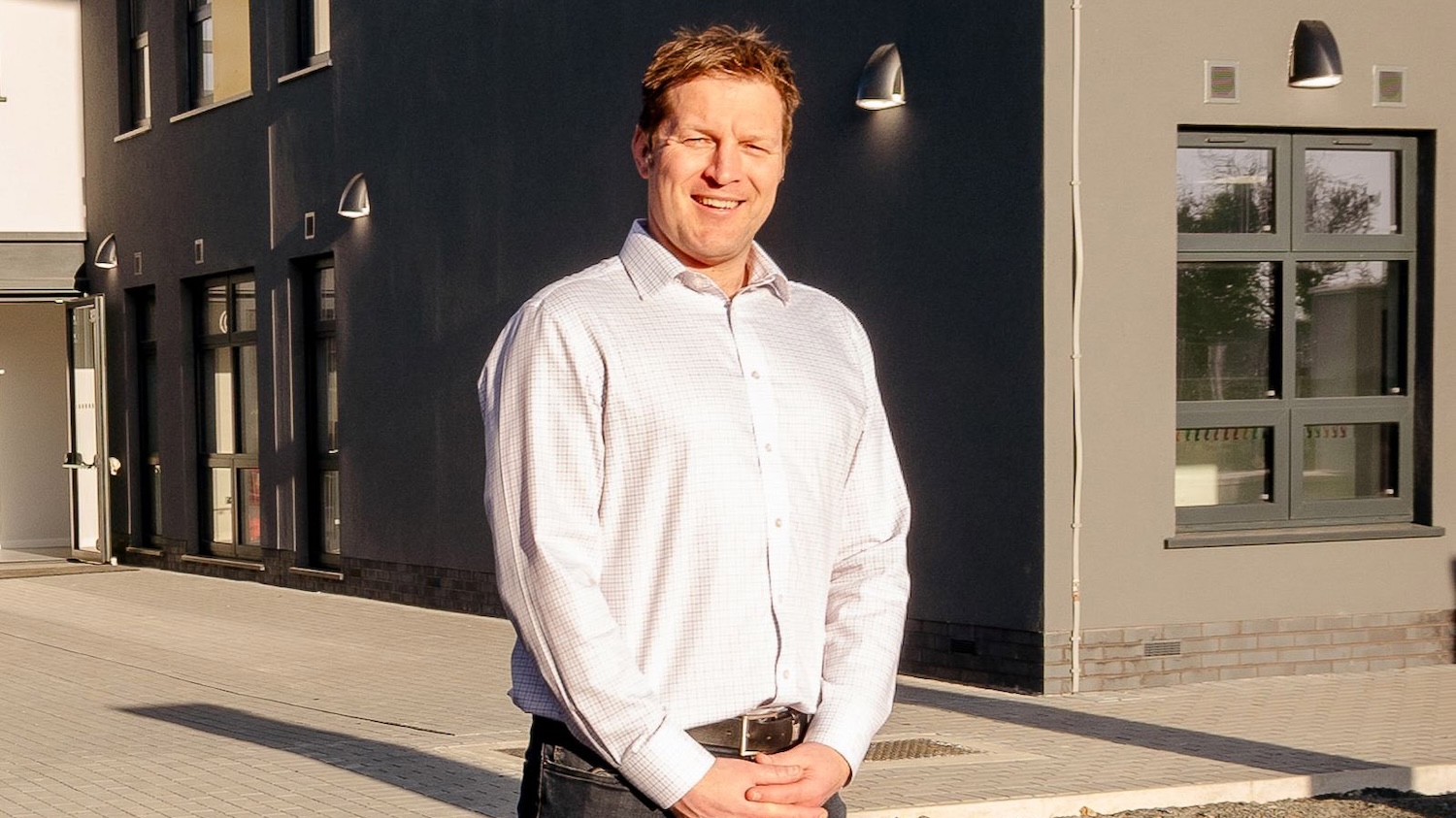
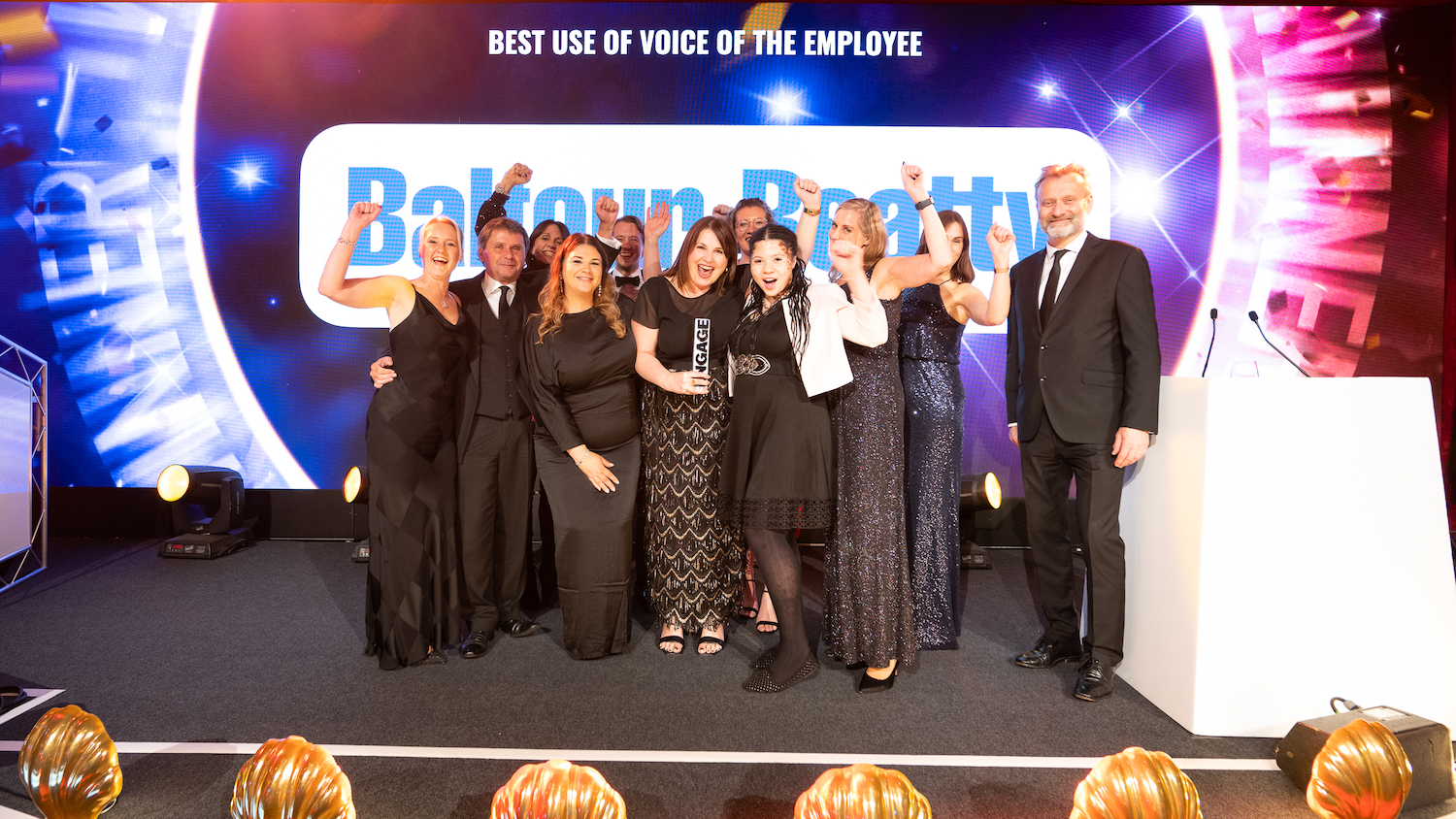
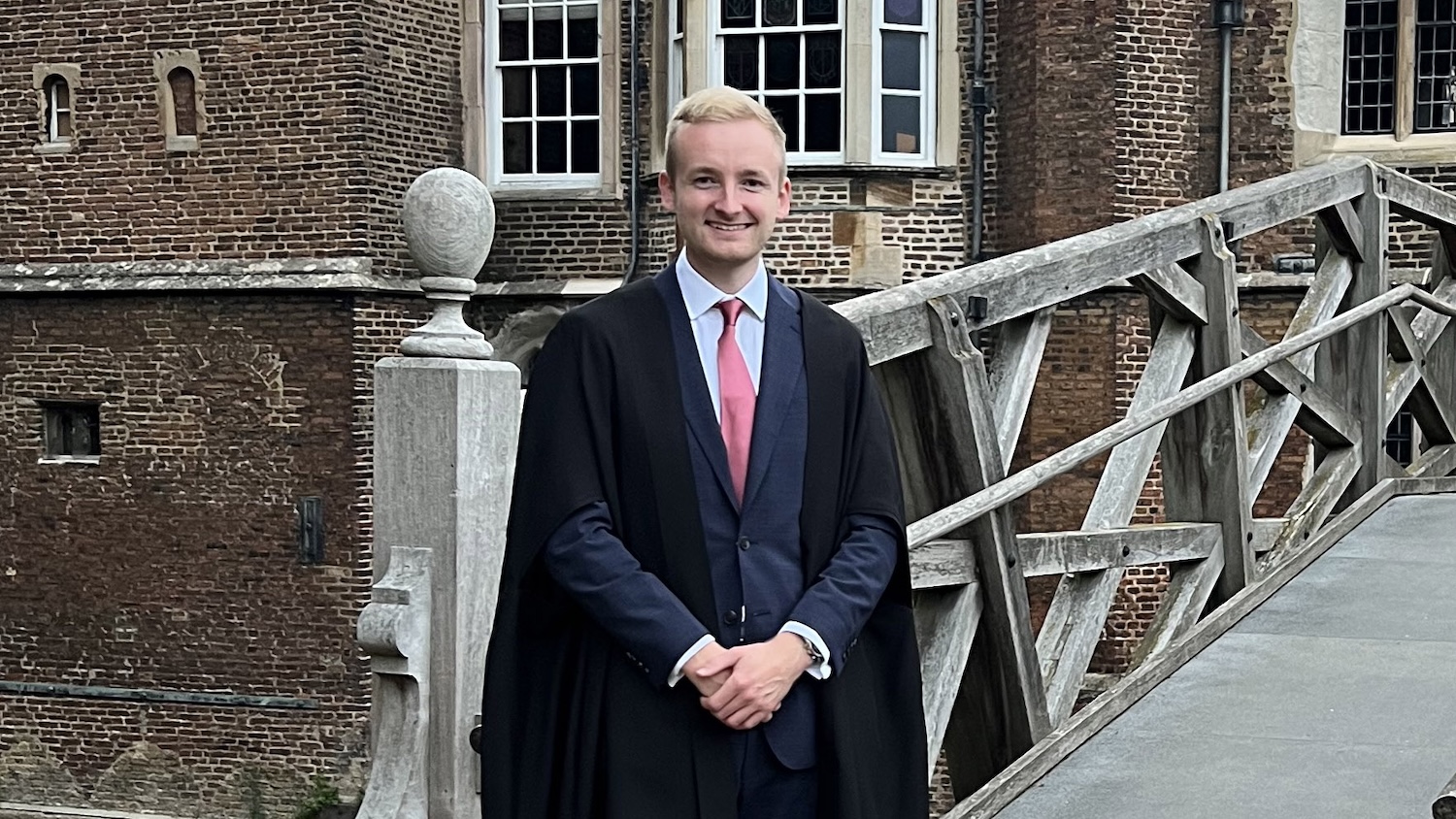
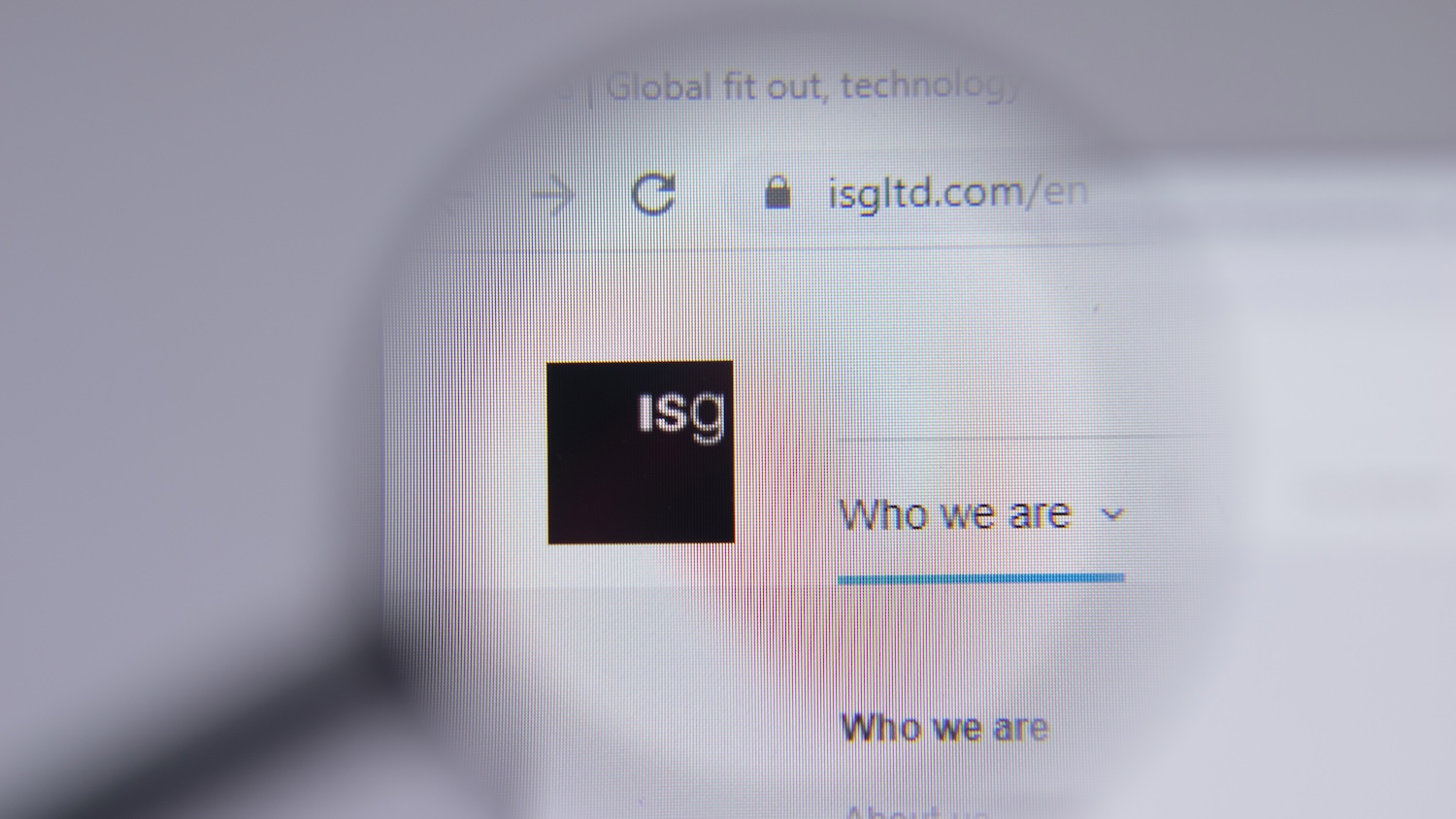
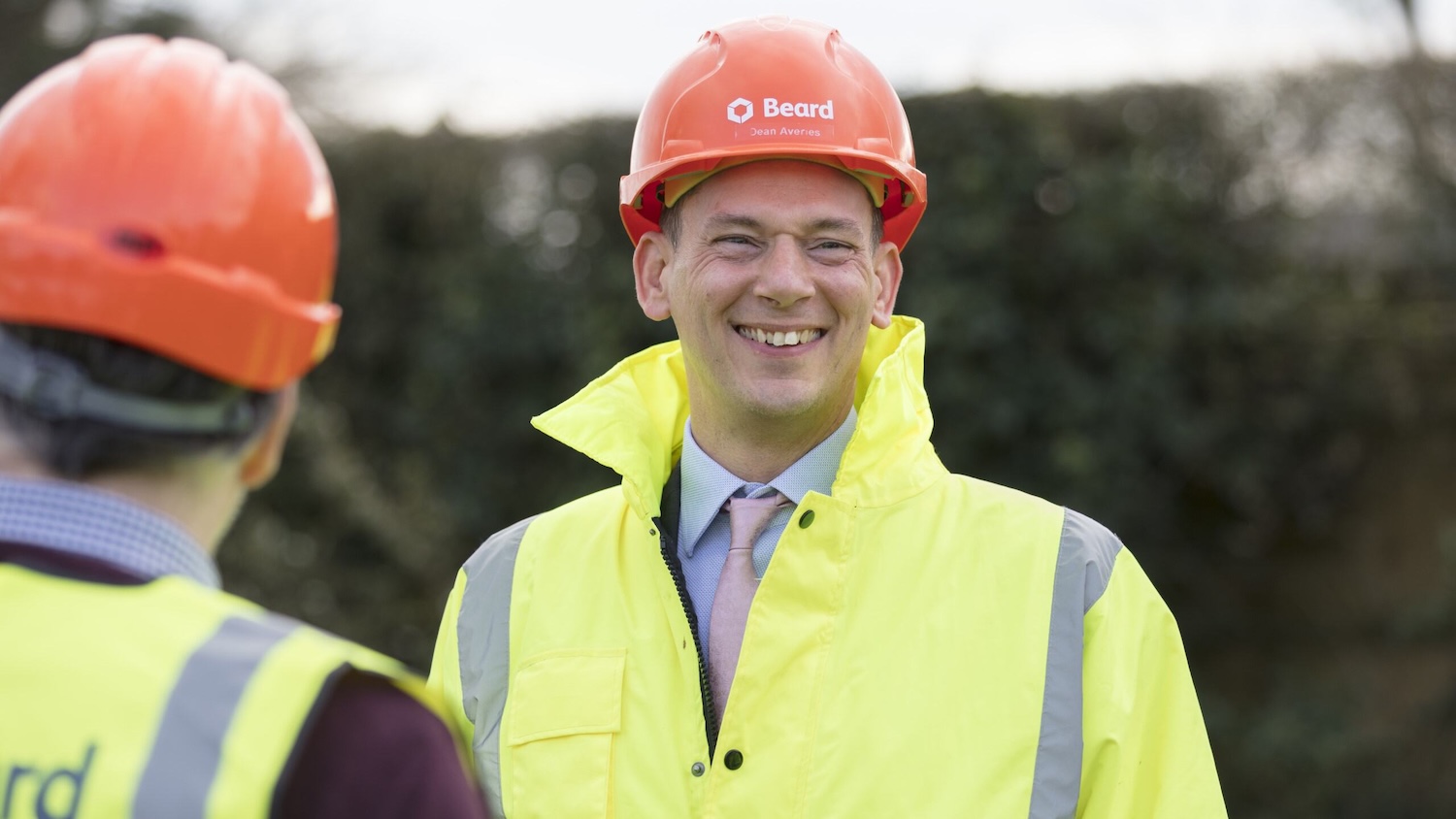

Sustainability in construction isn’t the issue. Manufacturers, designers. Yes. Construction workers build whats on the drawings and been specified.
Do those who are earning fat salaries by big construction companies, pumping out climate doom. Do they honestly think that within the next 10 years 20 ton Excavators and heavy plant will be powered by rechargeable battery??
And how long does he think such a battery to charge up? And. How does he think that the electricity was produced. Nuclear? Wind? Solar?